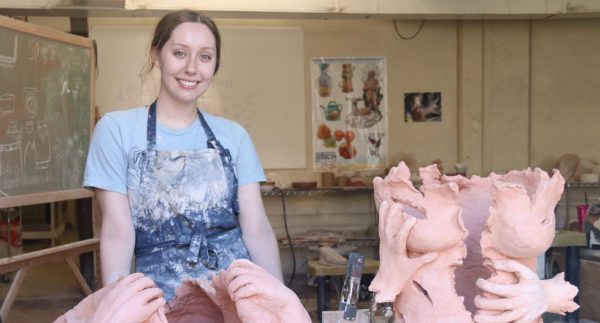Keep your skin protected this summer
Sun protection is important to remember now that summer is here. The weather is warm, and the sun is out. Ultraviolet (UV) rays from the sun and tanning beds can be useful in obtaining a tan, but too much exposure can be harmful to your health. Too much UV exposure can cause sunburn, eye damage and possibly cause sun damage to your skin. Sun damage can include premature wrinkles, sun spots, leathery skin and skin cancer. Ultraviolet A (UVA) rays penetrate deep into the dermis, the skin’s thickest layer, which is most associated with skin aging. Ultraviolet B (UVB) rays will usually affect the superficial (surface) layers of your skin that are associated with the burning of the skin.
UV rays from the sun and tanning beds are the two main causes of skin cancer. You may frequently hear about one skin cancer, melanoma. However, there are three main types of skin cancer: squamous cell carcinoma (SCC), basal cell carcinoma (BCC) and melanoma. SCC is common among adults that constantly get sun damage, such as those who live on or near the beach, who work as outside lifeguards or construction workers. SCC often looks like a red firm bump, scaly patch or a sore that heals and then reopens. If SCC is left untreated, it can develop into deeper parts of the skin. BCC is the most common skin cancer that is developed over years from sun exposure and inside tanning. BCC can grow deep past the skin and penetrate the nerves and bones if it is not caught in time. This can cause damage and disfigurement to the body. Melanoma can develop within a mole that you already have or appear suddenly as a dark spot on the skin that looks different from the rest. According to the American Cancer Society, using a tanning bed before age 35 increases your risk of melanoma by 75%, and one out of five people will develop skin cancer by the age of 70. Early diagnosis and treatment are crucial because this is the most serious skin cancer because of its tendency to spread.
Knowing the “ABCDE” warning signs of melanoma, which can be found at skincancer.org, can help with early detection. By detecting skin cancer in the early stages, treatment may be less invasive and can range from freezing, burning, and cutting the spots off (just the surface with a razor) to outpatient surgery for more serious cases. On average, you should see a dermatologist annually, while those at a higher risk of developing skin cancer should see a dermatologist more frequently. Your dermatologist can advise you how often you should get checked.
In terms of sun protection, when choosing a sunscreen, it is important to choose one with broad-spectrum protection that has at least 30 SPF (sun protection factor). Broad-spectrum sunscreens protect against both UVA and UVB rays, both of which contribute to skin cancer. It is important to apply sunscreen every time you are going outside and reapply the sunscreen every two hours, or as directed on the bottle, if you are outside for longer periods of time. Other ways to protect yourself from sun damage include wearing sunglasses that state they are coated or embedded with UV protection, sunhats, SPF clothing and take breaks in shady areas. In addition, it’s important to know you may still be subject to the UV rays during an overcast day and should still wear sunscreen and/or UV protected clothing. If you want to achieve a summer glow without damaging your skin, you can obtain a healthy, sunless tan with DIY bronzers, self-tanning lotions, tanning towels and spray tans.
Your donation will support The Lion's Roar student journalists at Southeastern Louisiana University.
In addition, your contribution will allow us to cover our annual website hosting costs.
No gift is too small.







